Discover the Online courses
SURREALISM The concept behind Surrealism was similar to that of the Dada movement: it was a reaction to Western culture and civilization, and in particular to rationalism and conventionalism. The Surrealists intended to use totally pure, free and irrational expression, using for this purpose dream, metaphor, the unlikeliest and the unusual. “Surrealism is pure psychic self-emotion, through which one seeks to express orally, in writing, or in any other way the true working of the imagination. It is the flow of thought detached from any and all control devised by reason and independent of any aesthetic or moral judgments.” (André Breton, Manifesto of Surrealism, 1924) Like Dadaism, it reached various artistic expressions, beginning with literature (with its founder and theoretician – the poet André Breton) and rapidly passing into the fields of the plastic arts (initiated by Max Ernst), cinema (with Dalí and Buñuel), photography (Man Ray), and music (Erik Satie). In fact, it is from music that its name derives. The name Surrealism was created by the poet Apollinaire in 1917, after a performance of Satie’s ballet “Parade” by the Ballets Russes in Paris. The movement itself began shortly after this date, in France, around 1919, and quickly spread to the United States, by the hand of several surrealists who sought refuge there during World War II.

Rute Ferreira
I am an art teacher with a background in theater, art history and museology. I’m also specialized in Distance Education and I work in basic education. I write regularly on the Citaliarestauro.com blog and the Dailyartmagazine.com. I firmly believe that the history of art is the true history of humanity.






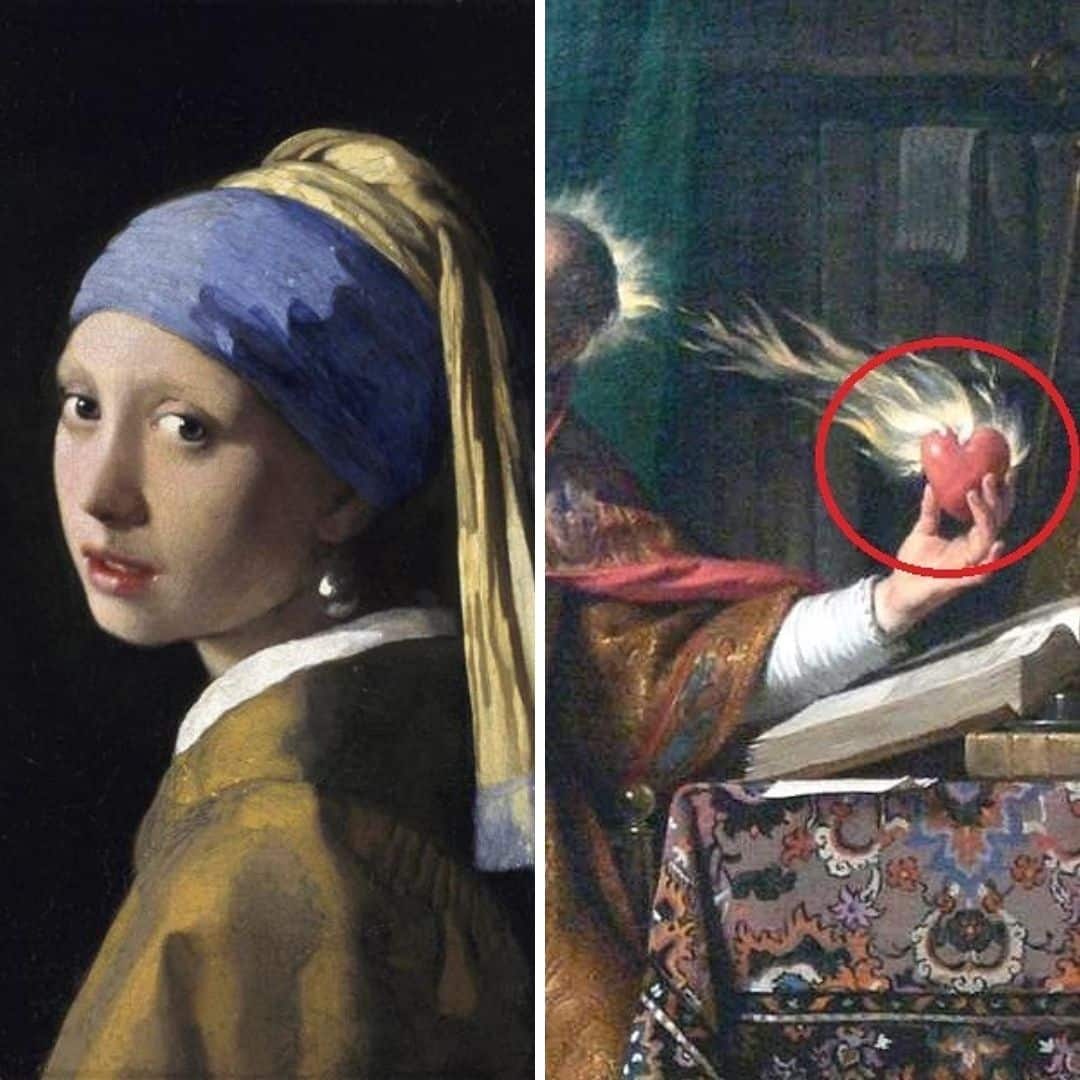
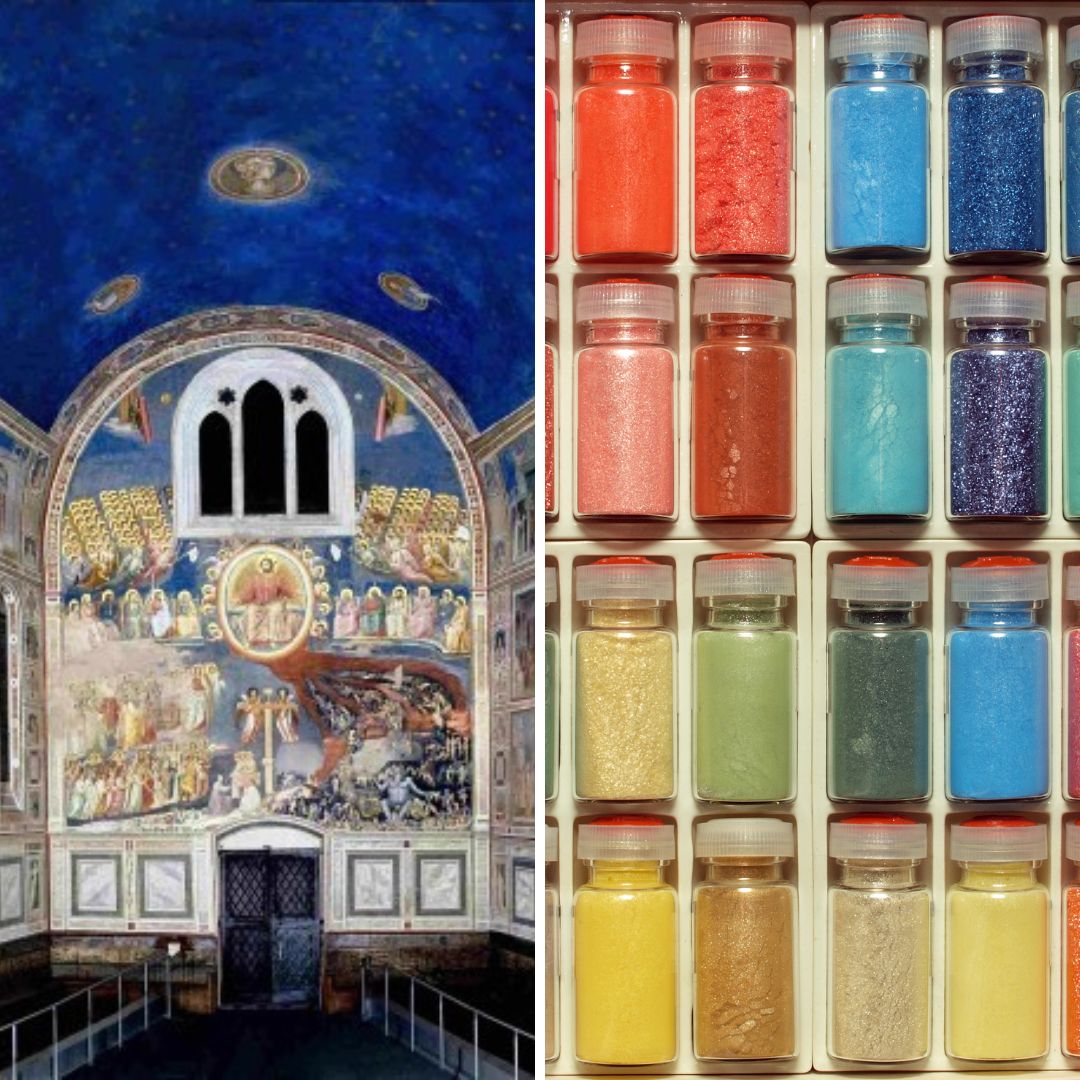
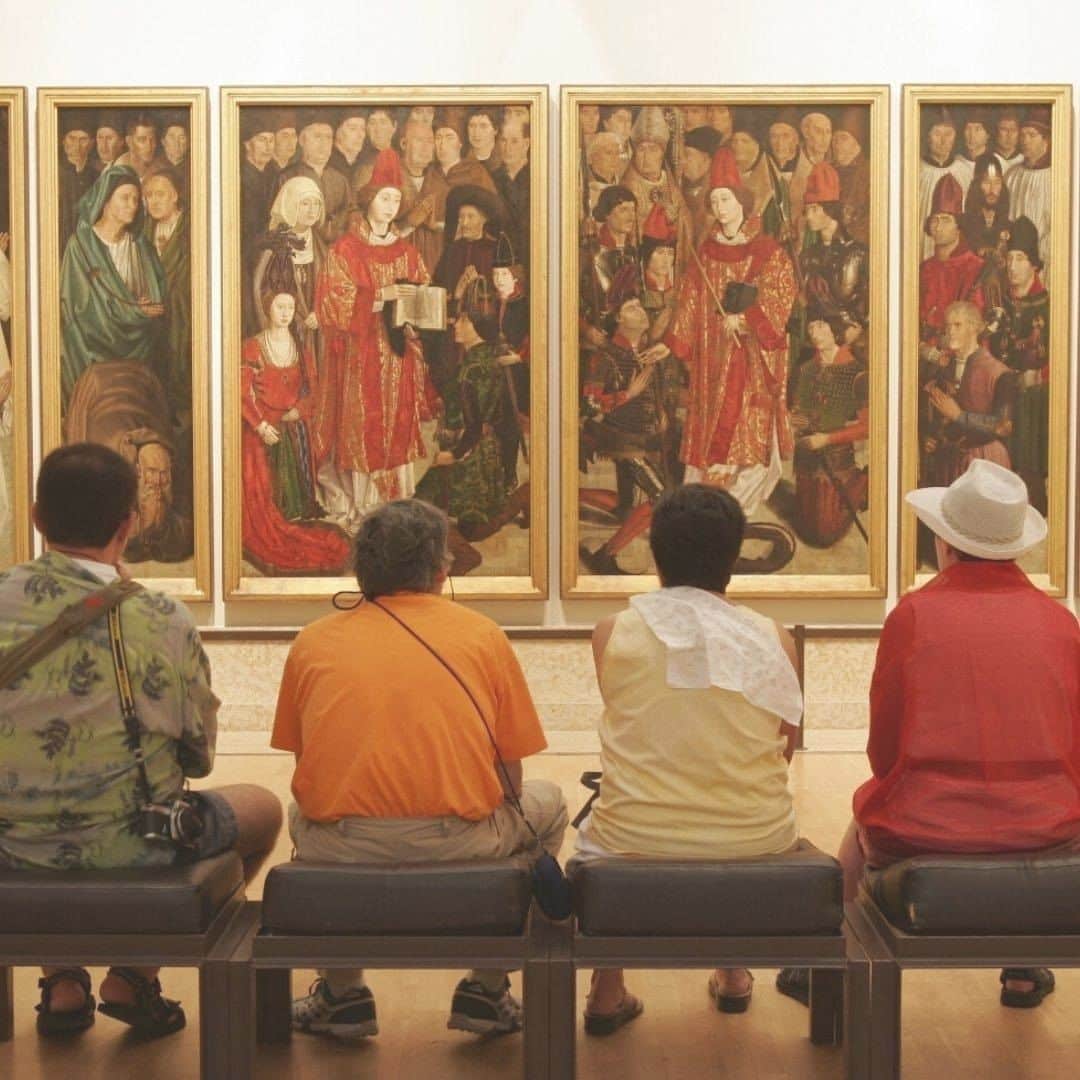
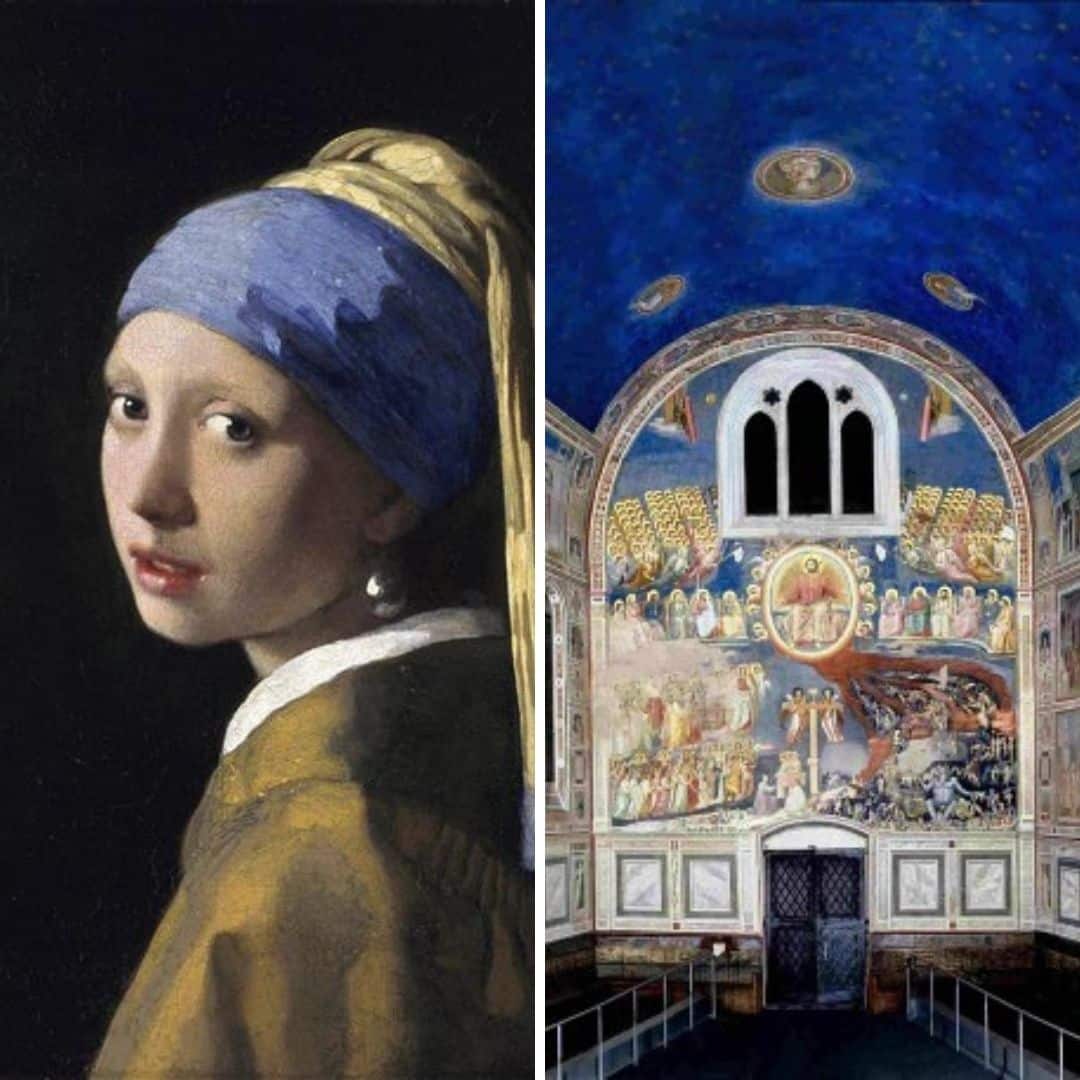
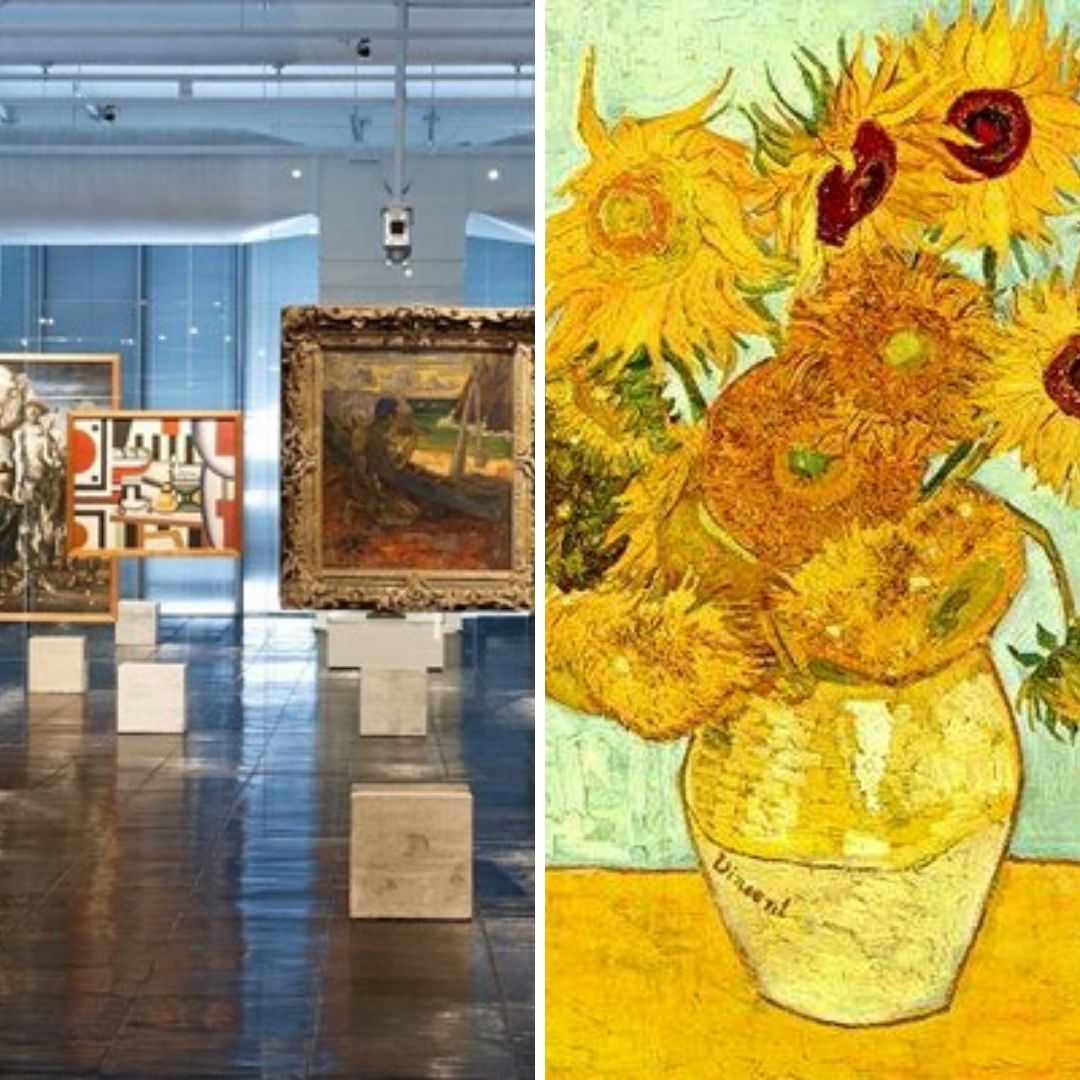
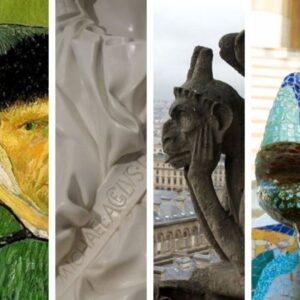

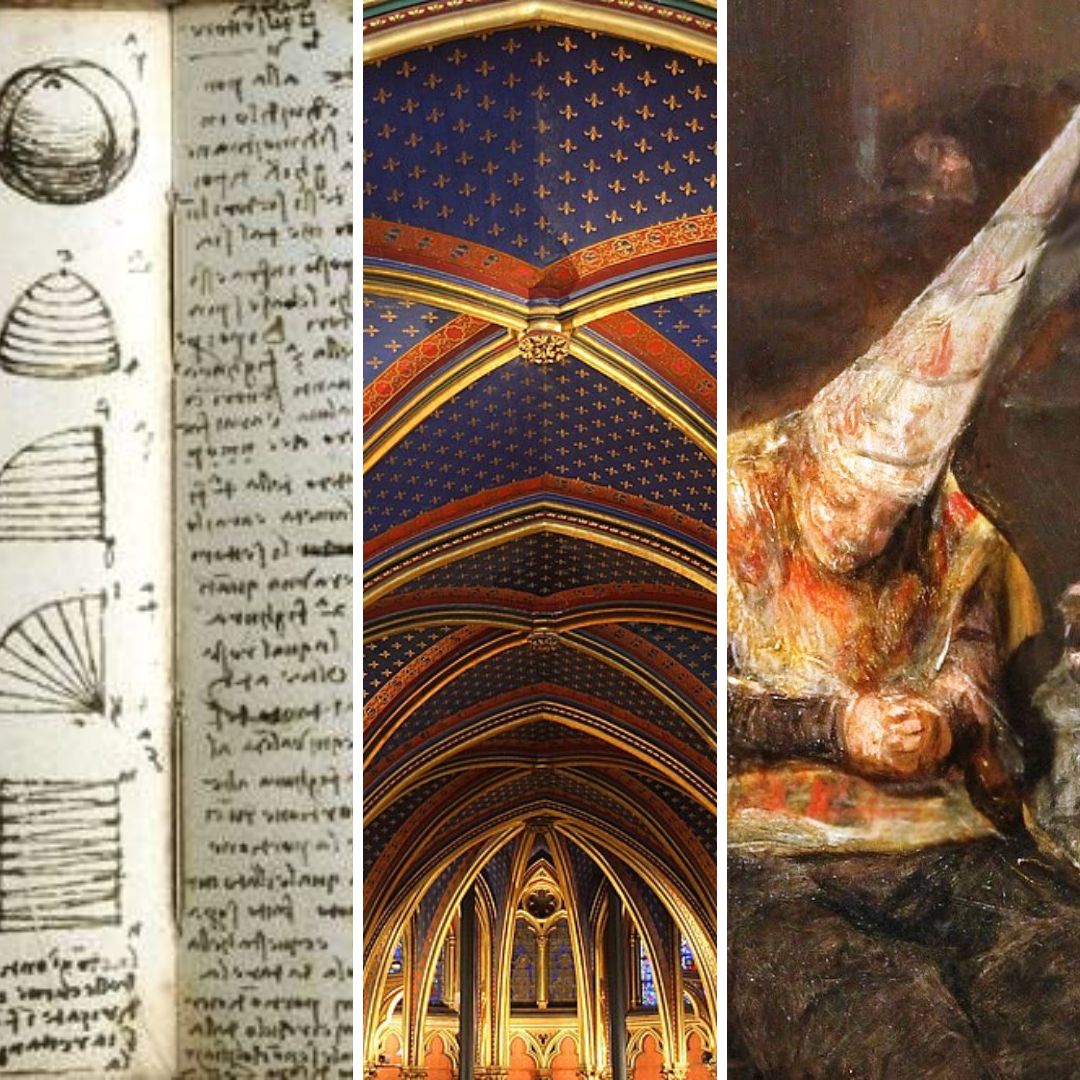
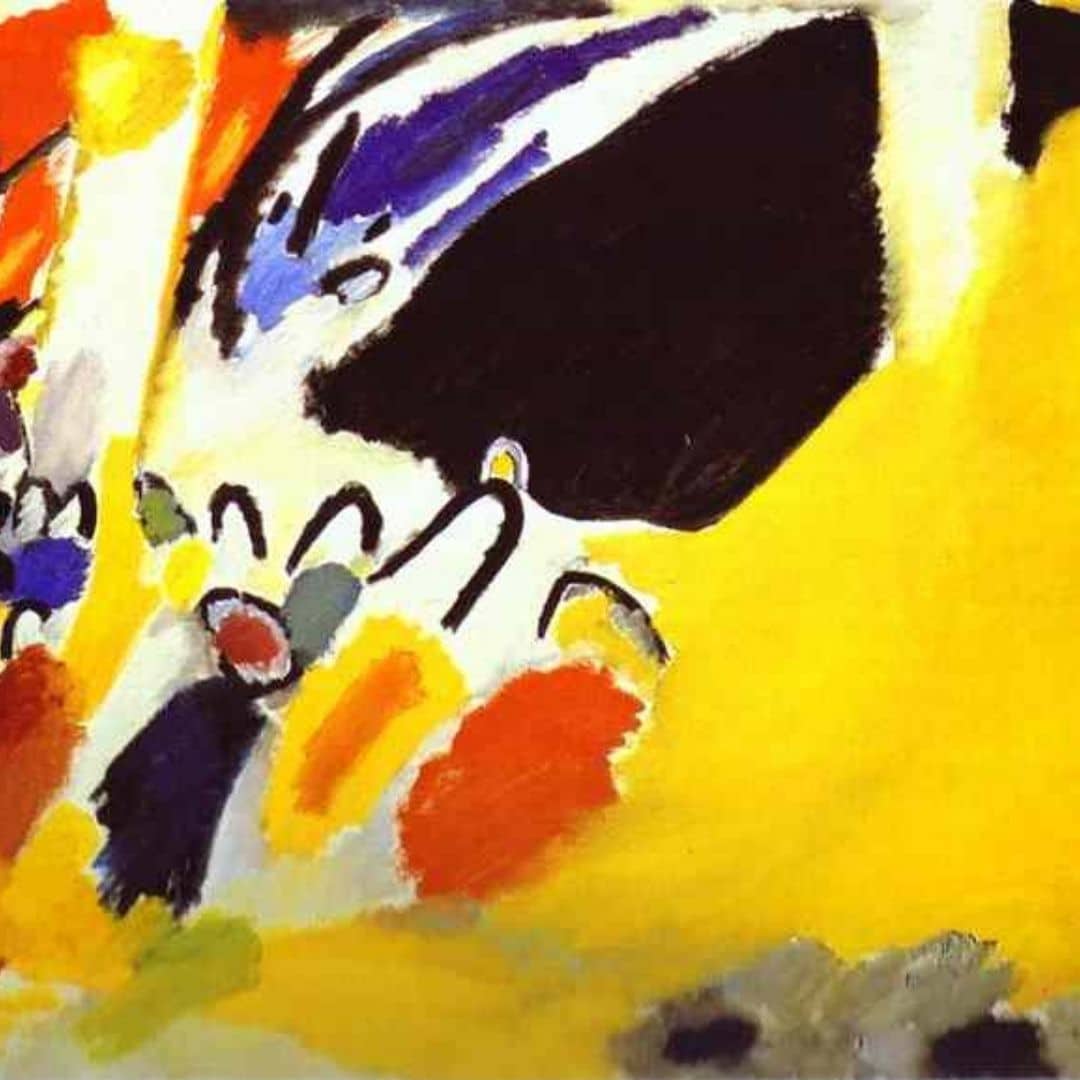
3 Comments.
Hi, very great site you have established. I enjoyed reading this posting. I did want to publish a remark to tell you that the design of this site is very aesthetically delightful. I used to be a graphic designer, now I am a copy editor for a firm. I have always enjoyed playing with information processing systems and am attempting to learn computer code in my spare time (which there is never enough of lol).
I think other web site proprietors should take this web site as an model, very clean and wonderful user genial style and design, as well as the content. You are an expert in this topic!
Way cool! Some very valid points! I appreciate you writing this article and the rest of the site is really good.